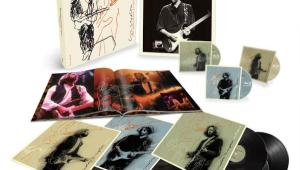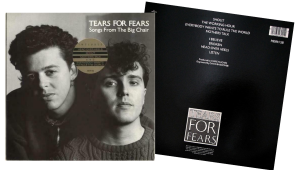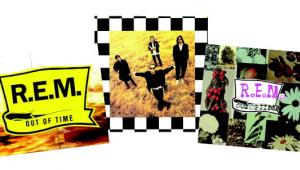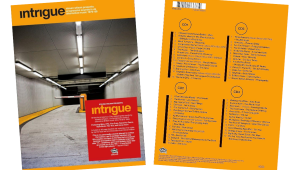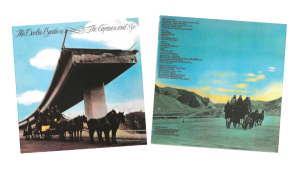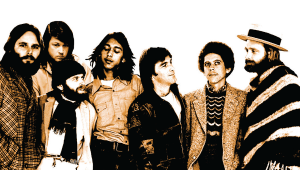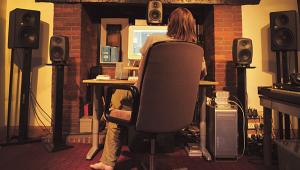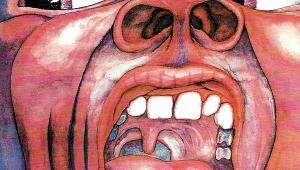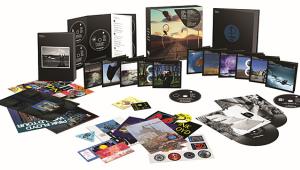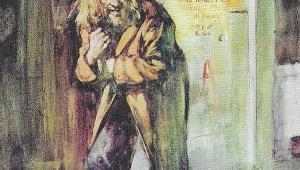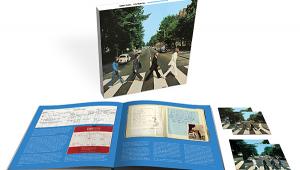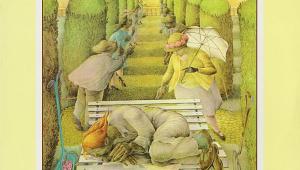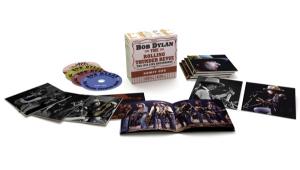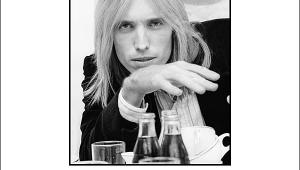The 20th Century’s Greatest Hits Page 3
JEAN SIBELIUS b. Hameenlinna, Finland, 1865; d. Jarvenpaa, Finland, 1957 Despite Sibelius's original treatment of harmony, orchestral color, and symphonic form, the evocation of the Finnish landscape and folklore in his tone poems earned him a reputation as a "nationalist." Symphonies Nos. 1, 2, 4, and 5. Boston Symphony, Davis (Philips, two CDs). Symphonies Nos. 3, 6, and 7; Violin Concerto; Finlandia; Tapiola; The Swan of Tuonela. Accardo, violin; Boston and London Symphonies, Davis (Philips, two CDs). These sets are an excellent choice for a broad view. Symphonies Nos. 2 and 6. London Symphony, Davis (RCA). This 1995 release with the same conductor 20 years later is even more deeply involved and better recorded.
CHARLES IVES b. Danbury, CT, 1874; d. New York City, 1954 The successful "Connecticut Yankee" insurance man and part-time composer broke with tonality even before Schoenberg by imitating the sounds of the local bands and town meetings of his New England upbringing. His brand of modernism influenced American composers from the European-trained Aaron Copland to the avant-gardist John Cage and the minimalist Philip Glass. Symphony No. 2; Central Park in the Dark; The Unanswered Question; other works. New York Philharmonic, Bernstein (DG). Bernstein recorded the irresistibly appealing symphony for the second time in 1987 along with the more sonically layered short pieces. Symphony No. 4. London Philharmonic, Serebrier. Symphony No. 2. Philadelphia Orchestra, Ormandy (RCA). Serebrier was assistant conductor under Leopold Stokowski for the premiere of the difficult but very rewarding Fourth Symphony, with its huge orchestra, solo pianos, extraordinary percussion, and chorus, and it shows in this spectacular "High Performance" remaster.
MAURICE RAVEL b. Ciboure, France, 1875; d. Paris, 1937 With its exquisite melodies, rich harmonies, subtle rhythms, and brilliant orchestration, Ravel's music has always had great popular appeal and enormously influenced other composers, whether they admitted it (Gershwin) or not (Stravinsky). Boléro; Ma Mère l'Oye; Une Barque sur l'Ocean; Alborada del Gracioso; Rapsodie Espagnole. Berlin Philharmonic, Boulez (DG). Ravel's most popular works here get rousingly dramatic but also sensitively proportioned and evocative performances. Daphnis and Chloe. Boston Symphony, Munch (RCA). The BSO under Munch was America's "French" orchestra par excellence, and this early "Living Stereo" recording from 1955 still sounds enchanting. Piano Concerto in G. Argerich, piano; Berlin Philharmonic, Abbado (DG). This fine remastering of a brilliant 1967 collaboration in the concerto is packaged with the same artists' performance of Prokofiev's Piano Concerto No. 3.
IGOR STRAVINSKY b. Oranienbaum, Russia, 1882; d. New York City, 1971 The Russian ballets that Stravinsky and impresario Serge Diaghilev brought to Paris changed music forever - none more than The Rite of Spring, whose 1913 premiere literally provoked a riot with its elemental rhythms, discords, and sacrificial virgin. In a life that spanned nearly a century, including later periods that embraced neoclassical and 12-tone styles, Stravinsky never flagged in his iconoclasm, curiosity, and influence. The Rite of Spring; Petrouchka. Cleveland Orchestra, New York Philharmonic, Boulez (Sony). The 20-bit remastering captures the chilling precision and monumental energy of the 1969 Cleveland recording of The Rite. The Rite of Spring; Petrouchka. Chicago Symphony, Boston Symphony, Ozawa (RCA). The "High Performance" 24-bit remasters are spectacular, and Ozawa and the BSO were at their early best in their 1969 Petrouchka. Symphonies of Wind Instruments; Symphony of Psalms; Symphony in Three Movements. Berlin Philharmonic, Boulez (DG). Stravinsky didn't like conductors' "interpretations" of his music. Boulez's crystalline recording of these symphonies might have changed his mind - but maybe not.
GEORGE GERSHWIN b. Brooklyn, NY, 1898; d. Los Angeles, 1937 Being turned down for private lessons by both Schoenberg and Ravel didn't stop the pop songwriter from successfully fusing jazz with classical forms. He tapped into the heartbeat of America - white and black, urban sophisticates and rural poor - and became the nation's most popular composer. Rhapsody in Blue; An American in Paris; Concerto in F. London Symphony, Previn (EMI). These 1971 recordings, which profited greatly from digital remastering, are winners. Porgy and Bess. Haymon, White, others; Glyndebourne Chorus; London Philharmonic, Rattle (EMI, three CDs). You might know a few of the hit tunes, but that's "plenty o' nuttin'" 'cause there's over three hours of glorious music in his pathbreaking opera. New World Jazz. New World Symphony, Thomas (RCA). Thomas plays the original 1924 version of the Rhapsody in Blue and links it to an array of jazz-inspired works by others, including Stravinsky's Ebony Concerto, Bernstein's Prelude, Fugue, and Riffs, and Adams's Lollapalooza.
- Log in or register to post comments

